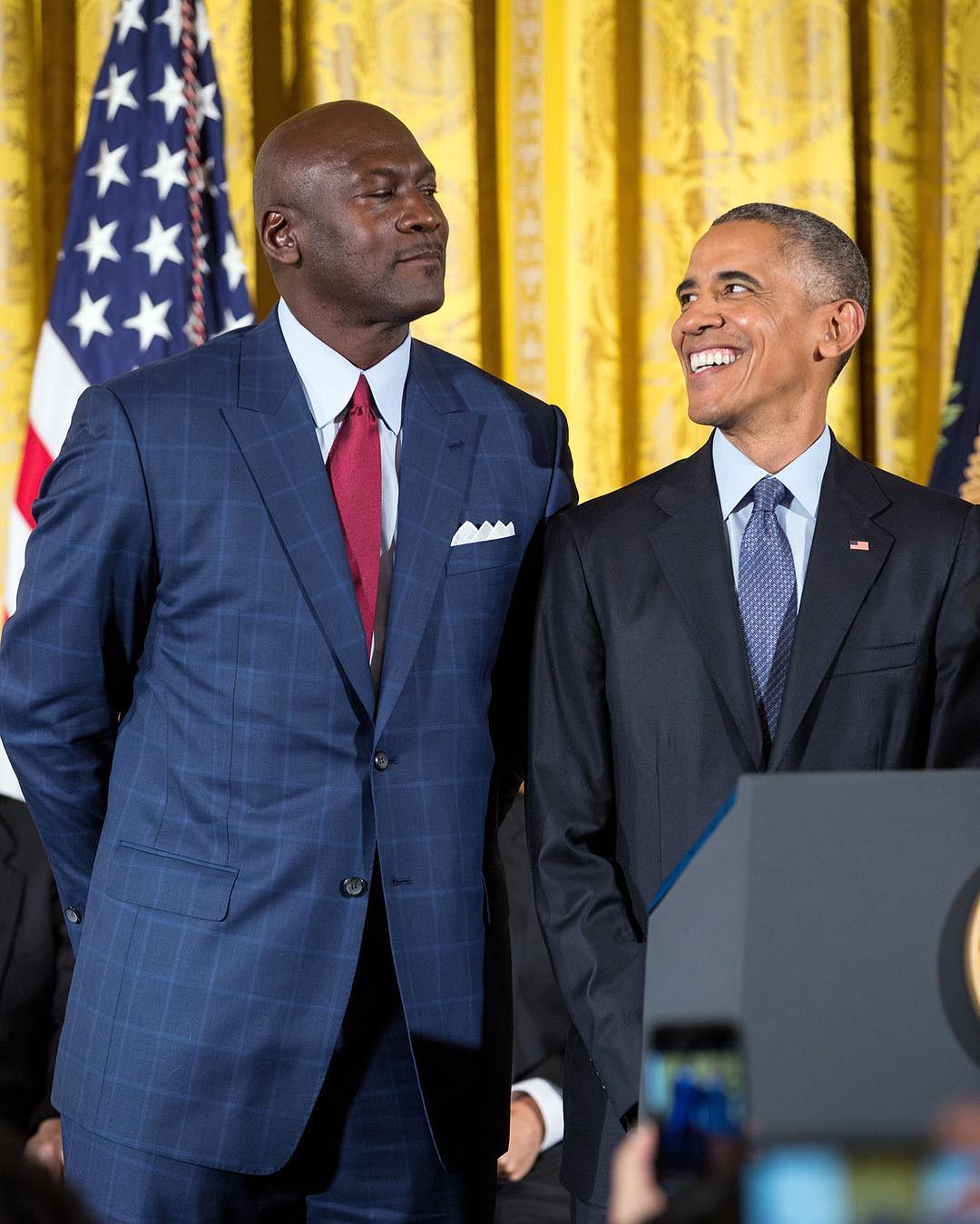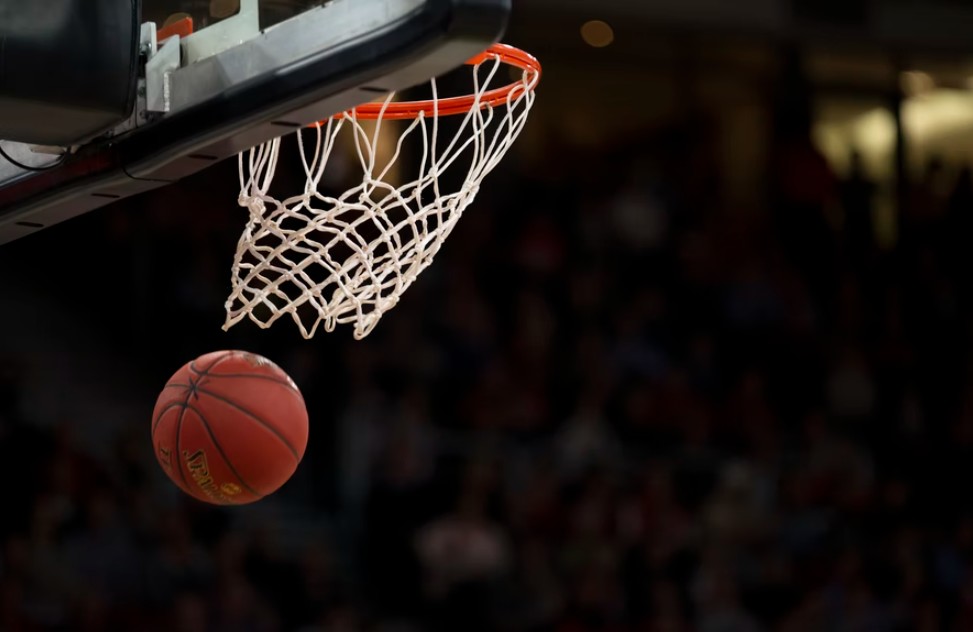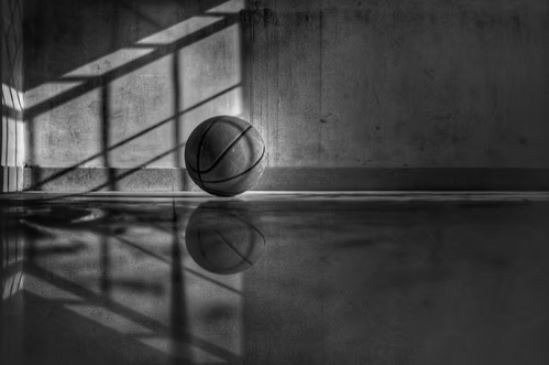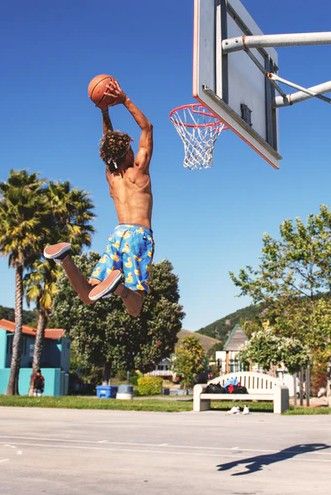The Fascinating History of the Slam Dunk

Fans of basketball are always thrilled by a slam dunk play. It’s one of the most elevating, exciting plays of the game; some of the best examples of it even seem to shun gravity. Even if a viewer just watches the highlight reels of any basketball game, the slam dunk is always sure to get an appearance. You’d also notice a lot of slam dunks in the NBA All-Star weekend.
While this play might be an explosive one, basketball fans will probably be interested in how the slam dunk came to be. At one point, the play was even banned from the game. Let’s now look at the first slam dunk and how things progressed from there:
The First Slam Dunk
Before we can start talking about how the first recorded instance of this play came about, we have to understand the design of basketball courts back in the 1910s. This was when some basketball hoops might have backboards, while others were simply fixed on a pile. There might be a cage or net around the court, and the out-of-bounds area wasn’t always there.
Within that decade, Jack Inglis was a basketball star player in the upstart leagues from Pennsylvania and New York. In a caged court, he is usually credited with executing the first-ever known slam dunk in basketball history.
It is recorded that Inglis jumped up at the basket, held onto the cage around the court, and got passed the ball by a teammate. Inglis was hanging by one hand when he put the ball in the basket.
Of course, there’s some debate about whether this was truly a slam dunk. If we look at the first regular and traditional slam dunk, Joe Fortenberry will be the more reliable name. This basketball player stood six feet, eight inches tall. According to the New York Times, giants like him simply jumped off the floor of the court and dropped the ball through the basketball hoop. The practise was likened to dipping a roll in coffee.
Fortenberry was captain of the United States basketball team in the Berlin Olympics of 1936. Hitler was in power at the time, and he dictated that the final was to be played outside. Given his size and skill, Fortenberry and his slam dunks were a major reason for the Americans winning quite easily. Here are some of the other main skills one should have while playing basketball.
The rival teams at the time were disturbed with these shots and their own losses, so they attempted to get a 6 feet, two inches height limit in place within the international basketball community.
While these attempts were spurned, the slam dunk also had threats coming from the United States as well. Phog Allen, a legendary basketball coach in Kansa, wasn’t a fan of slam dunks. He wrote that dunking was only proof of a height advantage, not skill at basketball. In fact, Allen campaigned to get the hoops raised to about 12 feet for several years. This is just one of the interesting facts about basketball you may not know, though Allen’s wish was never fulfilled.
The Banning of the Dunk
Just before the basketball season of 1967-68, the NCAA announced its decision to ban the slam dunk play from all the competitions. Their justification was that this play was not skilful and might also give rise to some injury concerns.
According to the NCAA reports, there were no less than 1,500 instances when basketball players were hurt by the hoop’s backboard. However, it wasn’t clear whether these injuries were due to attempting a slam dunk.
Unofficially, though, it is believed that this NCAA ban was due to the UCLA star Kareem Abdul-Jabber’s performance on the court. At the time, he was still known as Lew Alcindor, and was known for dunking with great ease. The press nicknamed the ban as the Lewis Alcindor rule, which prevented players from attempting shots from above and over the hoop’s cylinder.
While the UCLA coach, John Wooden, was adamant that Lewis wasn’t responsible for the ban, it’s known that he wasn’t a proponent of dunking either. However, he assured his player that Thai rule will be making him a better player of basketball.
Even without dunking, Jabbar and his team managed to win the national championship in the next two seasons. They only lost two of the games in these seasons.
The slam dunk ban was around until the 1976-77 basketball season. That period saw tall players soaring over the hoop, but not being able to catch and dunk in one fluid motion. David Thompson, known to be among the greatest dunkers in basketball history, expressed his frustration at the rule against slam dunks. His whole college basketball career was played during the period of the ban. However, Thompson did showcase his dunking skills once during that time. This was in the final home game during his senior year. He was on a breakaway by himself and defied the rule by throwing an explosive slam. While he was handed a technical foul and subbed out, he also earned a standing ovation at the same time. This was his last movement playing on the home court. The following season, the ban was rescinded by the NCAA.
Backboard Shattering
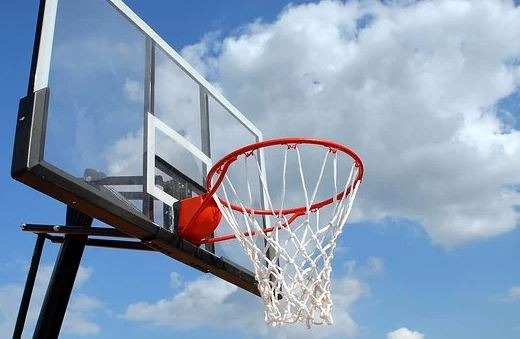
Backboard shattering was one of the main concerns regarding the slam dunk. While the event might be exciting, it’s dangerous and leaves a lot of mess to clear up. However, the first recorded shattering wasn’t due to a slam dunk, but a regular jump shot. This occurred when a jumper hit the rim in a pre-game warm-up in 1946. The rim was directly bolted to its backboard and someone had forgotten the rubber sheet between them. When Chuck Connors of the Boston Celtics threw his shot, the glass went in all directions.
Even with all the precautions in place, old-school backboards and hoops were very vulnerable to breakages. They could also hurt the players and shatter due to their own rigidity.
Surprisingly, a farmer named Arthur Erhat was responsible for fixing this problem. While he wasn’t a fan of basketball himself, he did have a nephew who coded baseball at S. Louis University. When that nephew complained about how basketball hoops and backboards were so dangerous, Erhat started thinking about how to solve this problem. His occupation was operating a grain elevator, which required a certain amount of ingenuity at times.
Eventually, that would end up tinkering in his workshop and working on the issue for a whole 29 years. Finally, right in the middle of the ban on the slam dunk, he hit upon a possible solution. This was to rig a spring into a base that was hinge, obtaining a rim that could give but also get back to the original position by itself. In 1976, Erhat filed the patents for his mechanism. In part, it was this invention that helped in making the dunk possible at college level again.
In 1978, the world saw the first Final Four post-dunking ban. At that point, the NCAA was using the Erhat rims. After several broken backboards by Daryl Dawkins, the new rims also became a must at the pro level.
Today, we’re seeing a variation of the original rim used in modern basketball courts. There have also been other additions for extra safety; flexible stanchions, unbreakable material, and so on.
The First Women’s Dunk
Many might have doubted a female basketball player’s ability to execute a slam dunk. Georgeann Wells did exhibit one in 1984. The sophomore was 6 feet, 7 inches tall and played for West Virginia University. While the slam dunk had only about a hundred live witnesses, this was the first recorded official dunk for women’s basketball.
There was even video footage of this breakaway slam, which was done one-handed. However, it was hidden away for several decades. As a result, many people doubted this slam dunk ever happened.
The reticence here was due to Bud Francis, the coach on the University of Charleston's side. While the media and West Virginia University repeatedly asked to view the tape from the camera under the hoop, the coach was firm in his refusal. It was only after Francis passed away in 1999 that his son found several NHS tapes in an old box. One of these contained the footage of the first slam dunk by a female basketball player. Even so, the tape remained unviewed for another decade before someone called to inquire about it. Hence, the first woman’s slam dunk was verified after 25 years.
Conclusion
Whether we play basketball every single day or just enjoy watching it, the slam dunk is now very much part of the game. Fans look for it every single season, and each instance is documented and highlighted for our entertainment.
Today, we’ve seen a lot of legendary basketball players soar above the hoops and execute a perfect slam dunk. Dunkers are now trying to compete with each other in the creativity level, difficulty, and combination for their favorite play. It’s evident that the slam dunk is really here to stay.

